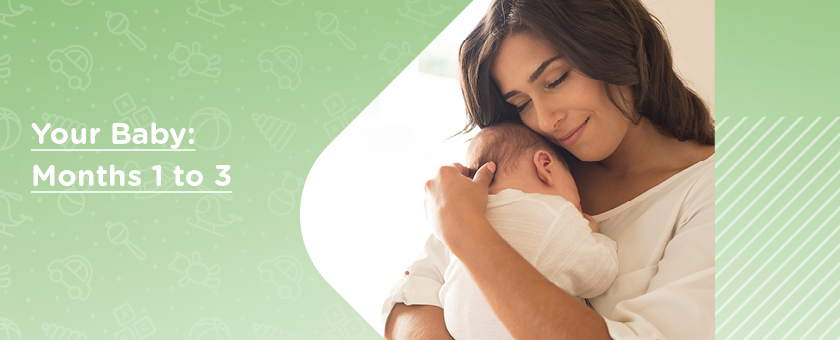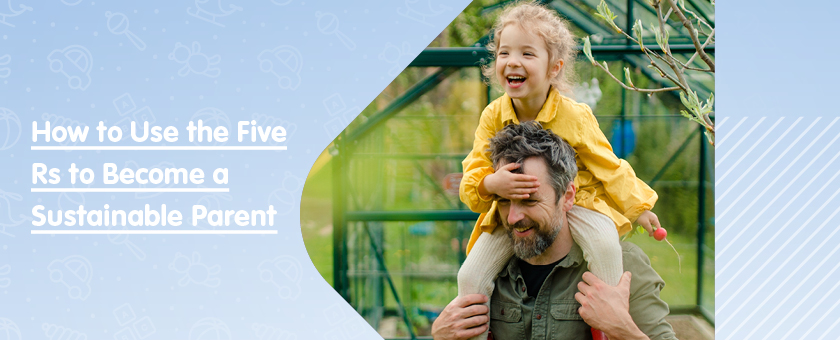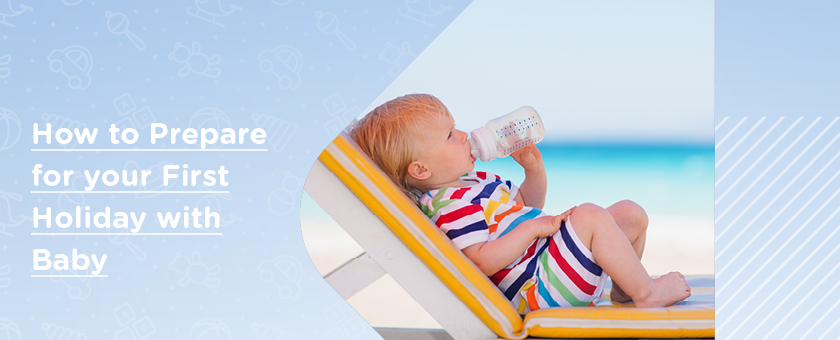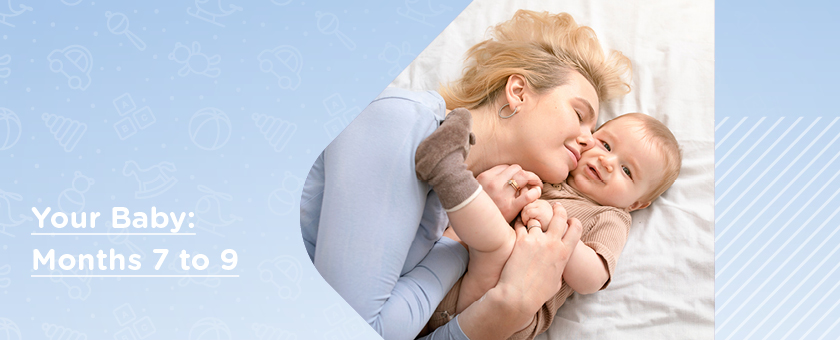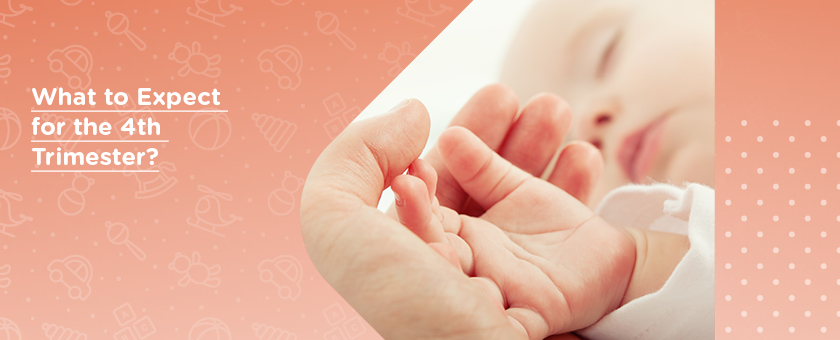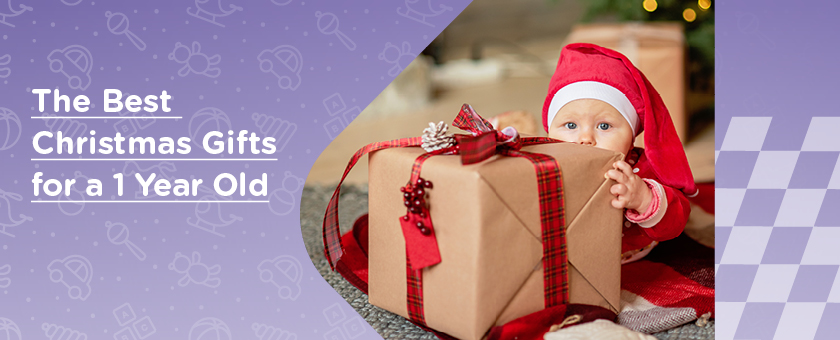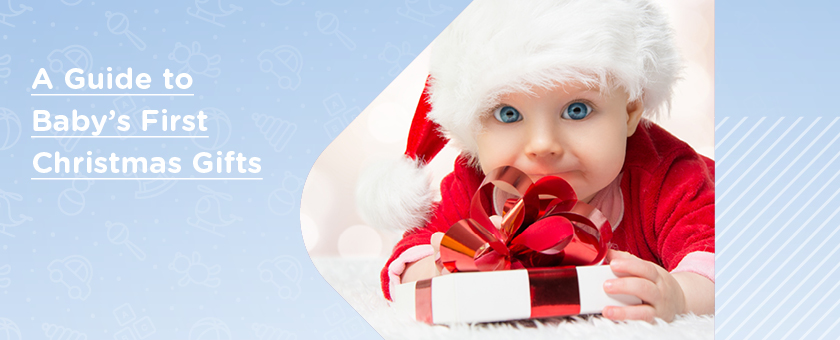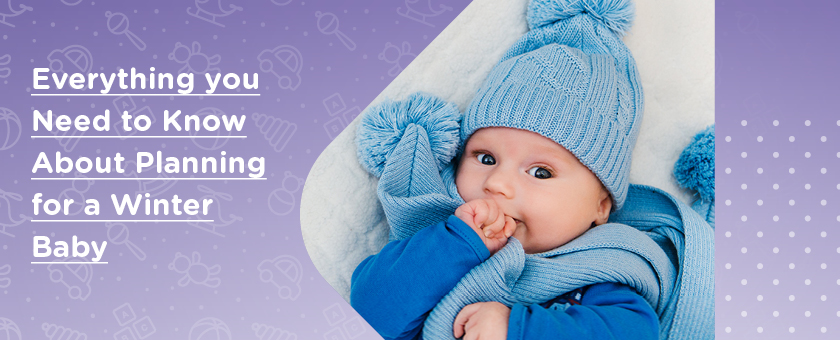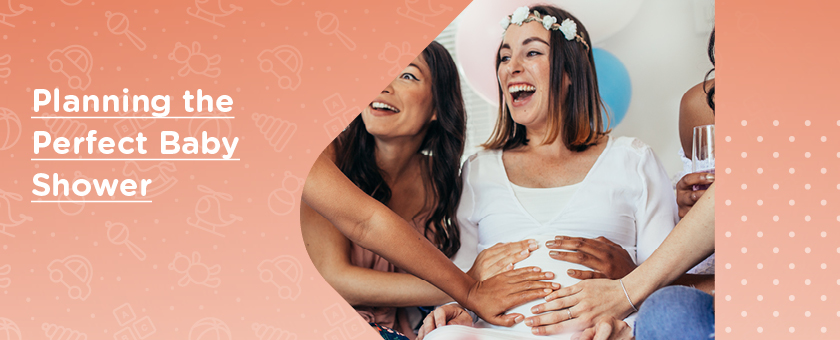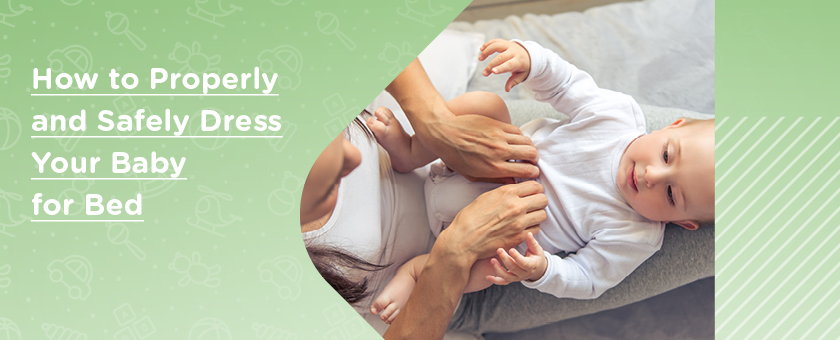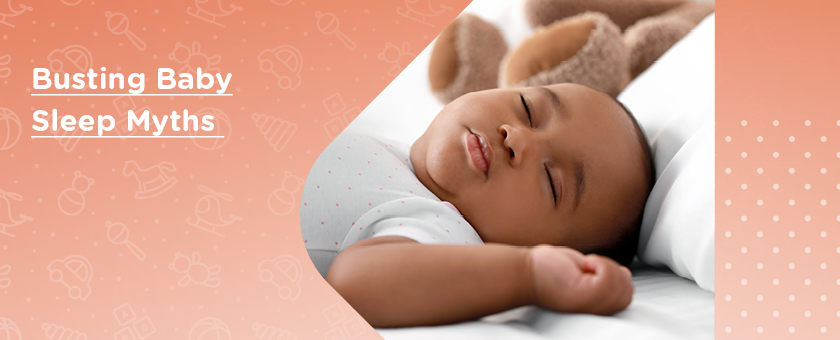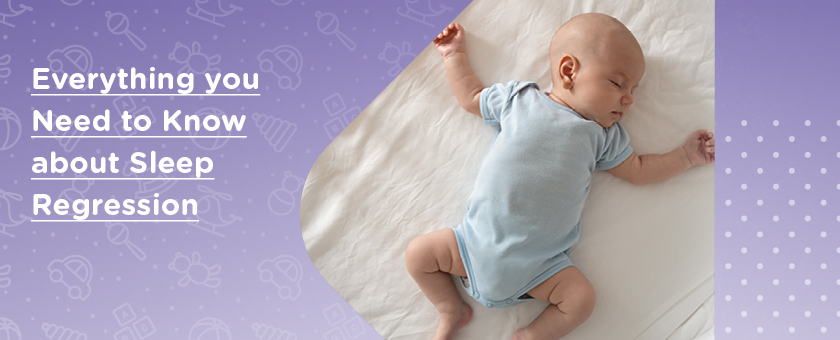After bringing your gorgeous babe into the world, it’s natural to start thinking about when he or she will begin to do things. When will their tiny fingers curl around yours or close into fists? Or when will your little one first react to a loud noise? Your job is to help their development and let them know that the world is a friendly place, so they can learn to feel safe and loved. Remember that babies learn and develop far quicker than expected, and it won’t be long until you have a walking and talking mini you right in front of you!

However, before we get to that stage, we’re going to look at the first three months of your babe’s development.
How Much Will My Baby Grow Between 1 to 3 Months?
Keep in mind that little ones will all grow at a different pace. However, the following is a rough guideline for boys and girls aged 1 to 3 months:
- Weight – around about 1.5 to 2 pounds each month.
- Height – around about 1 inch each month.
- Head size – around about 0.5 inches each month.
Your bub will go through periods where they’re hungrier and fussier than normal. Don’t panic, this is absolutely normal! This increase in wanting to munch away means your little one is going through a growth spurt. If you’re breastfeeding, you may find they want to eat more often during certain times of the day, and sometimes, it could be every hour – this is called cluster feeding. Formula-fed babes may also want to eat more often, or you’ll find they want to drink more formula than normal during feedings.
Between 1 to 3 months, you’ll start to learn the signs that show that your bub is hungry or full. You’ll know your child is hungry when they seem:
- Restless
- Cry a lot
- Stick out their tongue
- Suck on their hands and lips
You’ll know your cutie is full when they no longer seem interested in being fed or they fall asleep at the end of a feeding session. Remember – little ones’ tummies are teeny tiny, so they need to be burped after feedings to let go of gas that could cause discomfort.
During 1-to-3-month check-ups, your doctor will measure your bub’s weight, length and head size to check their growth against a standardized growth chart. Your little one may be large, small or medium-sized when compared to the growth chart. However, if this growth pattern stays consistent, chances are your sweetheart’s progress will be just fine.
If your babe was born prematurely, remember not to compare their growth and development to a full-term child. Premature little ones will need to be observed more closely and may need to be weighed more often during their first few months, to check that their growth is on the right track.
1 Month Old Baby Development

Let’s start with your 1-month-old baby:
Hearing
Of course, your little treasure will have been able hear you and all the outside noises whilst in the womb. However, their hearing will have developed even more so that they can hear you loud and clear now that they’re finally out in the real world. Make sure you continue to talk to your cutie frequently and don’t shy away from normal household jobs. In fact, it’s good for your bub to hear noises like hoovering, as eventually they’ll need to get used to it. And if you shake a rattle or clap your hands, you may even be lucky enough to see your baby’s reaction. Whether that’s a slight movement or a blink – it’ll be a magical moment you won’t want to miss!
Vision
Even though everything will look quite fuzzy through your bub’s eyes, they can still see at around about 30cm. If you lean in nice and close, your cutie will be able to see you. Although, your features won’t be in HD detail at this point! They’ll also be able to track your finger or an object if you hold it close enough into their line of vision. And if you’re lucky, you may even witness your little one follow it with their eyes and turn their head. Keep in mind that this can sometimes make babies look a little cross eyed. However, it’s nothing to worry about as focusing on something at their tender age takes a lot of practice and effort!
One-way conversation
Soon, your cherub will start making noises – and this’ll be an exciting milestone to hear for the first time! It won’t be talking as such of course, but making little murmurs, gurgling and grunting will still be a jumping for joy moment for all mummies and daddies. As your baby gets used to the noises they’re making, as well as picking up what’s going on around them, they’ll start to utter more recognisable words after a few months. But in the meantime, keep chatting away and interacting with your babe, because if nothing else, it’ll tire your bub out for bedtime. And that means more well-deserved rest for mummy and daddy!
Keep in mind that your bub will mainly continue to communicate through crying at this stage. Listen closely and you’ll be able to decode their different teary noises. The basic to remember is that a short, low-pitched wail that seems pleading typically means that they’re in the mood for food. On the other hand, whiny, nasal, continuous tears are your little one’s way of telling you that they’re sleepy or uncomfortable – it’s either time for bed or a nappy change!
Heads up
Although your bub’s muscles are still quite weak, you’ll notice that they may start trying to move their head and support themselves more and more as each day passes. This will probably only be for a few seconds at a time. However, it’s still an important part of their development and learning. Remember, even if your bub is trying to support their own head, it’s still super important that mummy and daddy carry on supporting their heads too. You can stop supporting their head once they have built up enough neck strength (typically around 3 or 4 months). However, if in doubt, always ask your doctor!
1 month old sleep schedule
For those first, and super special, couple of months, newborns won’t be able to tell the difference between daytime and night-time. This is because they haven’t developed their own circadian rhythms which basically means their body clock hasn’t set itself properly yet. This is why your little 1 month old snoozer may happily sleep for long stretches during the day and then wake up a lot more during the night. Cuties at this age can sleep from 8 to 16/18 hours every day.
Remember that your little one’s stomach is very small at this stage, so they’ll consume breast milk/formula very quickly. This is why newborns need to be fed every 2 to 3 hours to satisfy those hungry tums. Your bub should wake up regularly for night-time feeds, but if they don’t, wake them up every 3 to 4 hours to feed them. This is only until they establish a pattern of weight gain (normally within the first couple of weeks). After that, a full-term babe with no medical conditions doesn’t need to be woken up for feedings – more time for sweet dreams!
2 Month Old Baby Development

Now that those hectic and busy, and not to mention tiring, first few weeks are over and done with, chances are that you’re starting to feel a lot more human after labour! And in month two, your cutie will have discovered there’s more to life than just eating, sleeping and crying.
So, what can you expect in month two of your bub’s life?
Routine
Although it’s highly unlikely that your little one will be sleeping through the night, it’s possible that they’ll be sleeping longer between feeds. And this is where you’ll both be falling into a familiar pattern, which is super important for consistency, development and your sanity most of all! Try to stick to a bedtime routine – bath and bed by a certain time, and make sure that you’re home in time for snoozing (if you can help it). If something disturbs yours and your angel’s pattern, it could confuse them and cause a few teary eyes.
Smiles all around
Around about when your babe is two months old, you can expect to see their first social smile, and maybe even a giggle– the most heart-warming sound in the world! This is a huge reward for you being super mum of the year pushing through endless nights of crying, nappies and cleaning up sick. Your little one’s first smile is something you’ll never forget and treasure forever. And who knows, if you’ve got a camera at hand when it happens, you may even be lucky enough to capture this special milestone!
As your baby continues to grow this month, carry on playing with them – pulling funny faces, making noises and talking to them. These all help with their all-important development, and you never know, they may even start copying you. Now, that’s definitely a sight you don’t want to miss!
Check ups
You can expect a 6-week check-up that’ll happen within their second month. Your health visitor will check the following:
- Weight, length and head size
- Eyes, heart, hips and genitals
- Ask you about how your baby is generally doing
Your check-up is a great time to ask any questions or discuss any concerns you may have. It could also be a time for you to consider going back onto contraception – unless your little miracle has already made you broody for baby number two!
Moving
You’ll notice during this month that your cherub will start moving more and more. If you shine a light, chances are they’ll turn their head to see what it is. The same goes for if you stand by their side and start talking to them. And your little smarty-pants may even be rolling over (tummy to back is normally first). Before you know it, you’ll be on watch having to stop your little adventurer from attempting to wander off all the time!
2 month old sleep schedule
Every little one’s snoozing needs are different. However, a typical 2-month-old baby will sleep a total of 14 to 17 hours a day (including 4 to 6 naps). Day and night confusion should also be lessening at this stage, and you may also see longer stretches of sleep at night – yay! Though, if your bub’s still waking up to feed every few hours or so – that’s completely normal!
After two magical months with your baby, it’s likely that you’ve started to recognise a pattern. You probably now know when your bub tends to be awake and playful, and when they prefer to snooze. Therefore, at this stage, it’s important to slowly introduce a bedtime routine to help nurture healthy sleeping habits.
3 Month Old Baby Development

But what else can you look forward to in month 3 of your baby’s life?
Noisy baby
By now, your bub will have definitely found their vocal chords and we’re sure you’ll know all about it! They’ll have expanded their range of talking to actually string together vowels and consonant sounds – even if it’s goo goo ga ga! Aside from the crying and temper tantrums, you’re probably now familiar with gurgling and even laughing. All in all, you can expect your cutie to definitely be experimenting with a variety of different noises from this month onwards. And you should encourage this by talking to your bub as much as possible. You can even play music for them, and who knows, maybe this’ll be the start of your budding mini maestro!
Guess who
Your baby’s eyesight will now have improved enough to allow them to see their reflection in the mirror. You can help with this by encouraging them to play with mirrored toys as well as other brightly coloured goodies that’ll keep their attention/keep them engaged. It’s also super important to talk and sing to your bub much as possible. Noise and interaction in these early months will lay down the foundations of how your child will communicate and interact in the future.
Tummy time
Your babe will enjoy spending time on their tum. However, it’s best not to practice tummy time till after eating. Otherwise, you may find yourself with a messy and grumpy teeny tiny human on your hands – you’ve been warned! You may find that your little one gets a little teary and frustrated when placed on their belly, as they won’t be able to turn themselves over. However, your bub should be able to turn their head to a 45-degree angle if you call him/her. If your child does cry, don’t instantly run over to roll them over. Instead, let your little one get used to having a few moments of tummy time before coming to their rescue.
More smiles
Whilst your sweetheart is the best gift that you have – seeing their smile is another gift in itself. Though, you may have seen them crack a smile in month two, now it’s more than likely that they’re smiling more often at you, and even passers-by! Their little grins will now be because they’re replicating and copying you. Make sure when you’re chatting away to your cherub, that you use your facial expressions, like smiling, to show what you’re trying to say to them. This is all part of the learning curve for little (but clever) minds!
Arms and legs
After being squashed up in a small space for so long, your little one still probably hasn’t realised they’ve got teeny tiny arms and legs. However, after a short amount of time, they’ll start to notice that they have these additional limbs and they’ll be fascinated by them! Make sure to encourage this development by popping a rattle or toy in their little hands to see if they’ll grip it. Watch the excitement on their face as they try to grab it off you – it’s adorable to say the least!
3 month old sleep schedule
Your 3-month-old bundle of cuteness will continuously be changing. Not only will they be outgrowing nappies and onesies at a speedy pace, but their sleep requirements are evolving too. Every little one is different; however, a typical 3-month-old babe needs between 14 and 17 hours of sleep in a 24-hour period (including 3 to 4 naps totalling 4 to 6 hours). Still, it’s completely normal for a 3-month-old to snooze a little more or less than that. They may sleep also sleep for longer at night, maybe 5 hours, or even a little more, at a time. Don’t panic if your babe is up more regularly though — some little ones will still wake up at this stage because they’re hungry.
Your baby’s first few months will fly by – so make sure to treasure every single moment! From their first smile to tummy time fun, you have so much to look forward to. In the first few months, you’ll have mastered how to spot the signs that your babe’s tired or hungry, and you’ll have found your way round a dirty nappy. These are huge achievements – give yourself a pat on the back! And whilst the first 3 months can be both tiring and blissful, the next several months will be just as amazing and hopefully a little less exhausting. Remember, no matter what stage your little one’s at, the most important thing is to enjoy it!

